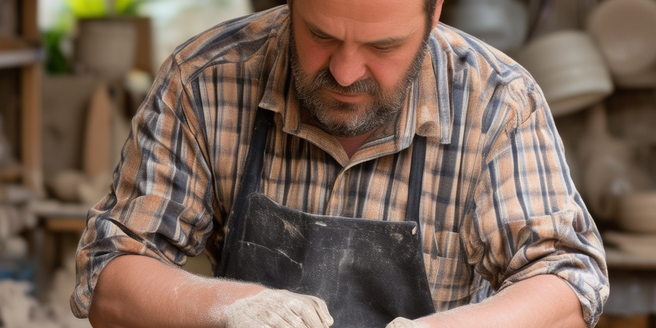
The Role of Art in Enhancing Creative Thinking
Art can serve as a powerful catalyst for creativity by encouraging individuals to think outside the box. When employees engage with art, they are often inspired to approach problems from different angles, leading to innovative solutions. Art challenges traditional cognitive patterns and promotes divergent thinking, allowing for the exploration of new ideas without the fear of failure. By integrating art into the workplace, organizations can foster an environment that values creativity and innovation. This can be achieved through art exhibits, workshops, or even the presence of artwork in the office. Art can also play a psychological role, offering relaxation and stress relief, which are crucial for maintaining a creative mindset. Consequently, utilizing art can transform the workplace into a hub for innovative thoughts and unique solutions.
Incorporating Artistic Practices into Workflows
Incorporating art into daily workflows can significantly enhance productivity and creativity. Artistic practices encourage employees to engage their senses, which can lead to heightened awareness and attention to detail in their work. Incorporating techniques such as sketching during meetings, using visual storytelling for presentations, or having collaborative mural projects can boost team synergy and spark fresh ideas. Art can also break the monotony of routine tasks, providing mental breaks that rejuvenate and inspire the team. By integrating artistic elements, teams can develop innovative problem-solving skills and improve communication. This creative enhancement doesn’t just benefit the individual but can lead to holistic growth for the organization, ensuring a vibrant and dynamic workplace culture.
Benefits of Artistic Expression for Teams
Artistic expression can bring numerous benefits to work teams, promoting both individual growth and team cohesion. When team members engage in artistic activities, they learn to express themselves better, which can lead to improved communication and understanding within the group. Artistic projects encourage collaboration, as they often require input from multiple perspectives, fostering a sense of unity and shared purpose. Furthermore, art can serve as a medium for stress relief, combatting burnout and enhancing overall job satisfaction. By participating in creative activities together, teams can build trust and empathy, creating a supportive work environment. The benefits of artistic expression can lead to stronger relationships and a more harmonious workplace, contributing to enhanced team performance.
Case Studies: Successful Art Initiatives at Work
Exploring case studies of workplace art initiatives reveals the profound impact that creativity can have within organizations. Companies like Google and Adobe have successfully implemented art projects that led to increased innovation and employee satisfaction. For instance, Adobe’s ‘Kickbox’ program, which encourages employees to develop creative solutions, has been praised for its effectiveness. Additionally, studies show that introducing art into the workplace environment can reduce stress levels and enhance focus among employees. Similarly, Google’s investment in creative spaces with artistic elements has led to a notable increase in team collaboration and the generation of novel ideas. These initiatives not only highlight art’s role in fostering creativity but also demonstrate its tangible benefits. They offer valuable insights for other businesses aiming to boost creativity and enhance workplace culture through artistic endeavors.
Practical Tips for Introducing Art in the Office
Successfully integrating art into the office requires thoughtful consideration and a strategic approach. Start by encouraging small artistic endeavors such as creating a communal art board or hosting art-themed workshops. Providing spaces where employees can freely express their creativity, like a dedicated art room or even designated desk space for personal artwork, can make a significant difference. Art-focused team-building activities can also foster a creative culture. It’s essential to involve employees in the decision-making process when selecting art for the office, ensuring it resonates with the team. Additionally, consider collaborations with local artists to host exhibitions or workshops. By taking these practical steps, companies can create an inspiring environment that nurtures creativity and innovation.
